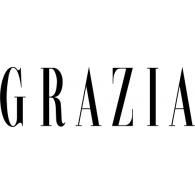Homer Sykes
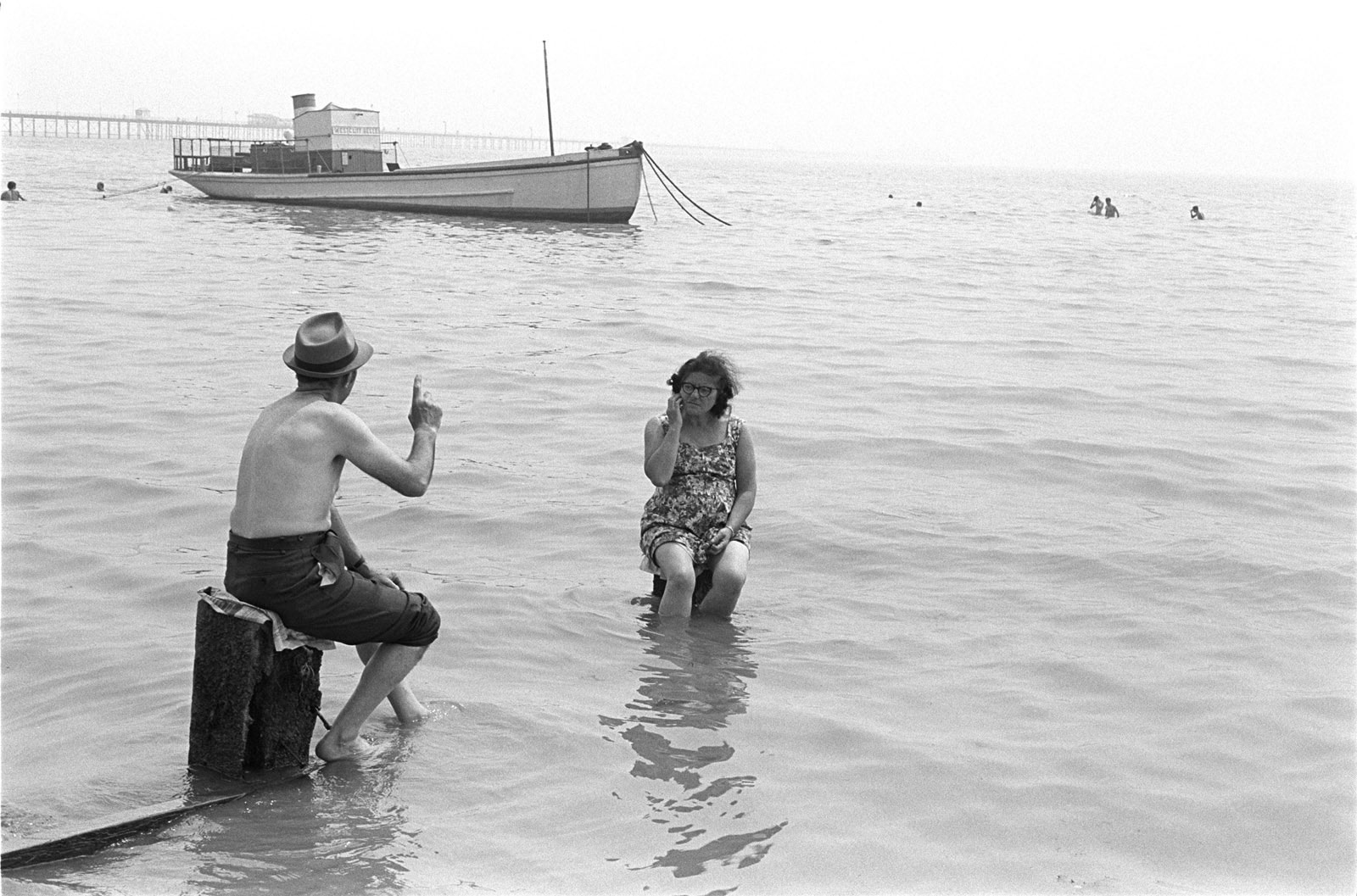
Image: 18 x 12 inches
Print: 20 x 16 inches
Signed by the artiste
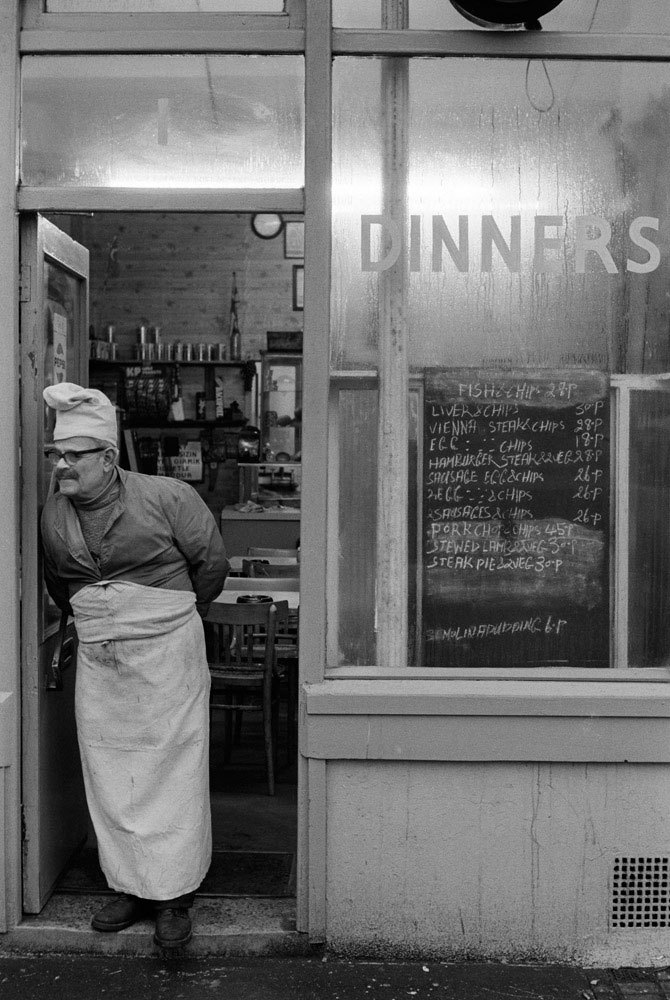
Image: 14 x 9 inches
Print: 16 x 12 inches
Signed by the artiste
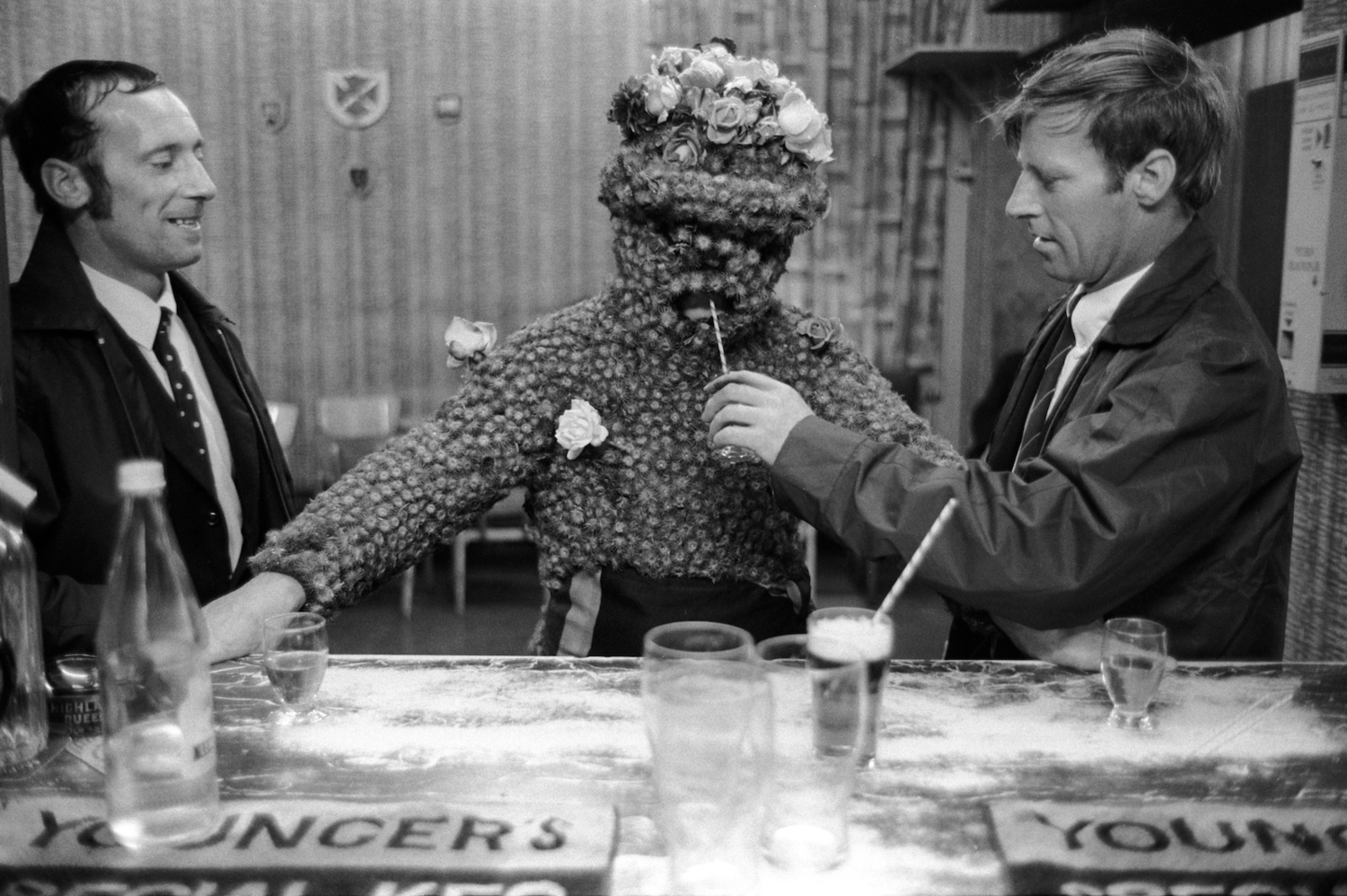
Image: 6 x 9 inches
Print: 6 x 9 inches
Signed, titled by the artist and print's labels on verso

Image: 6 x 9 inches
Print: 6 x 9 inches
Signed, titled by the artist, stamp and annotations on verso
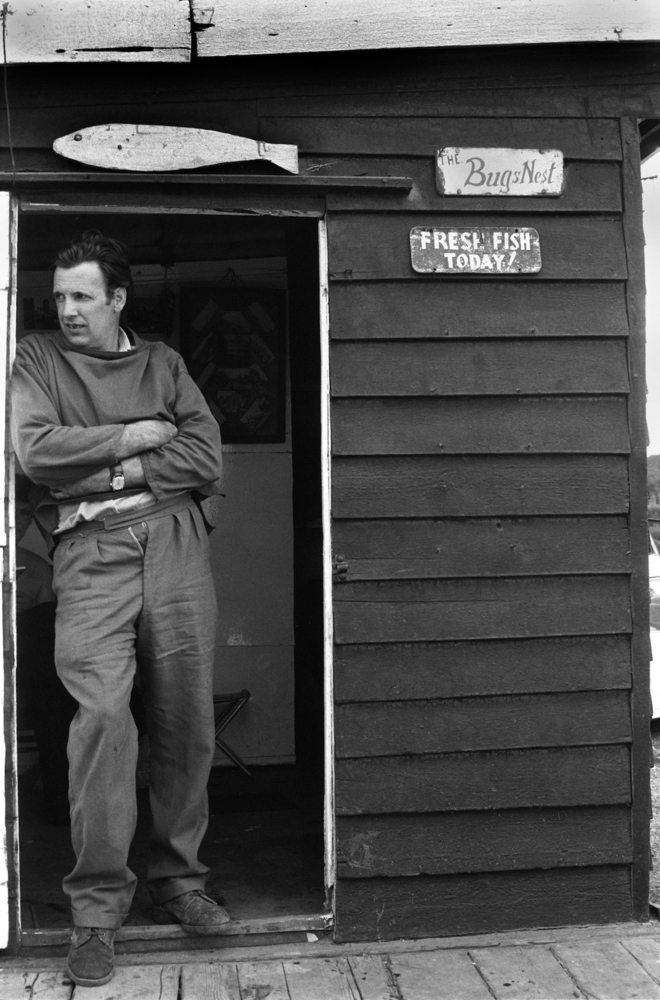
Image: 6 x 9 inches
Print: 7 x 10 inches
Signed by the artist, artist's stamp and annotations on verso
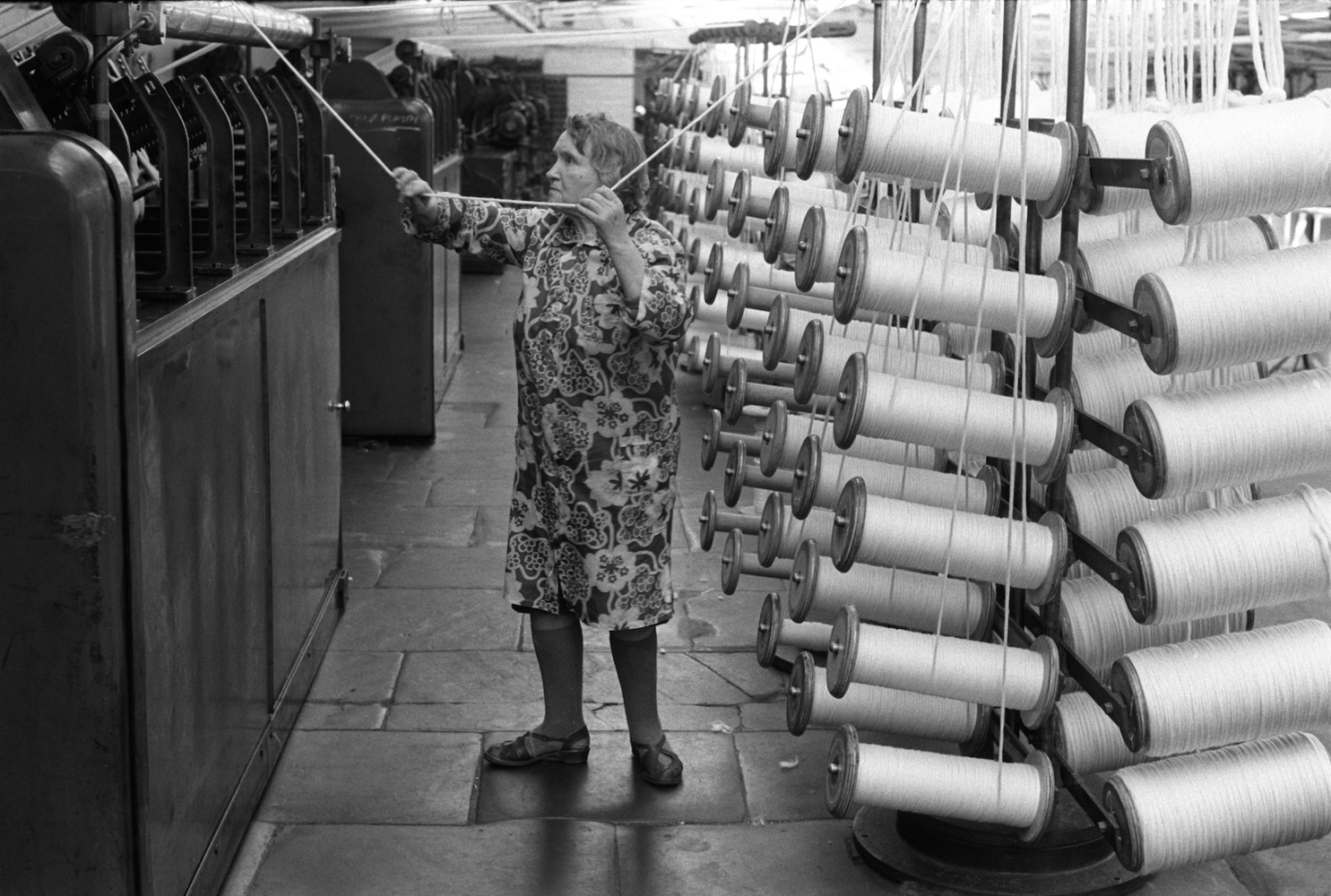
Image: 6 x 9 inches
Print: 7 x 10 inches
Signed by the artist, artist's stamp and annotations on verso
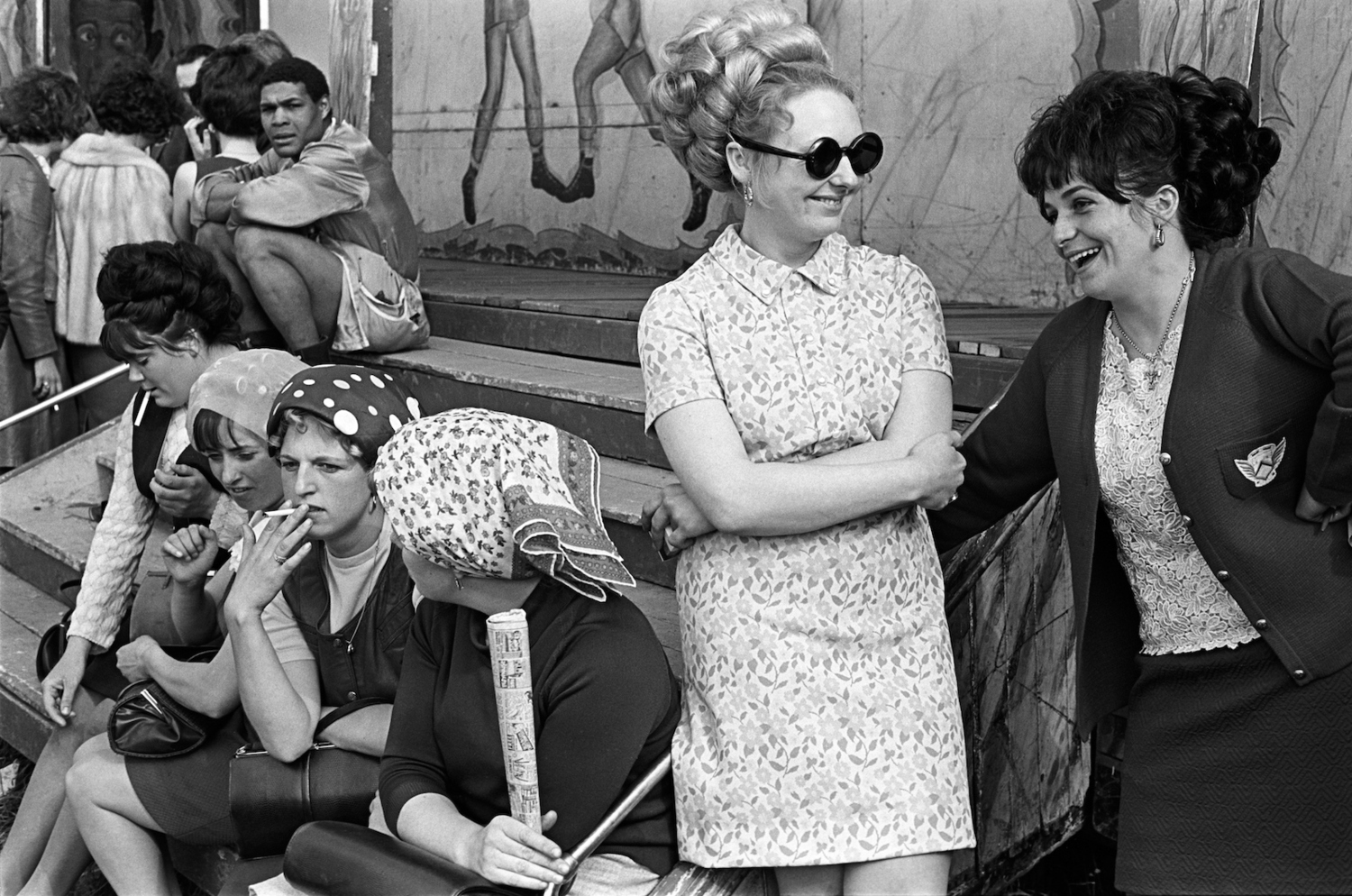
Image : 5.91 x 8.66 in ( 15,2 x 22,5 cm )
Print: 7 x 10 inches
Signed by the artist, artist's stamp and annotations on verso
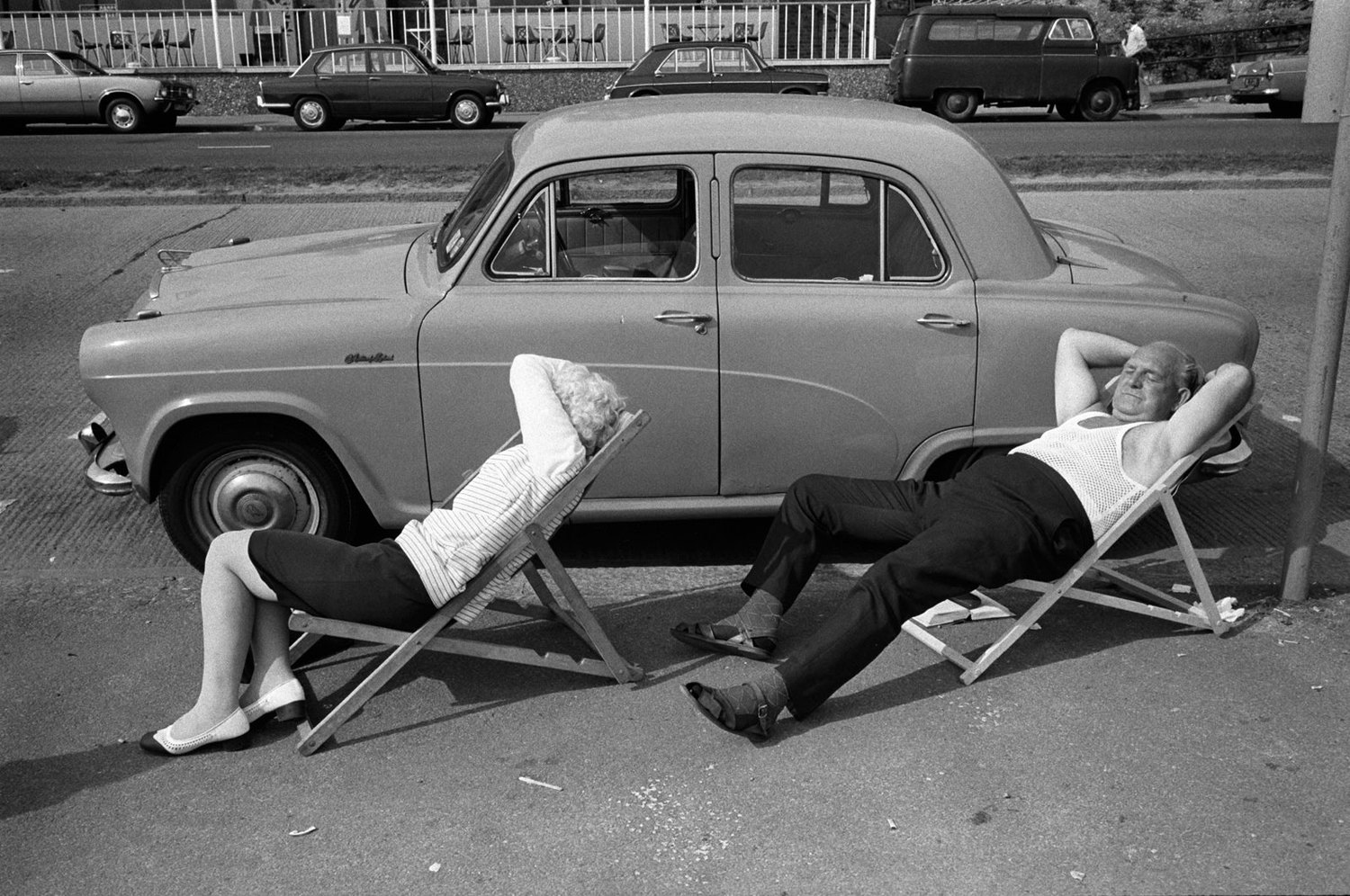
Image: 18 x 12 inches
Print: 20 x 16 inches
Signed by the artist on verso
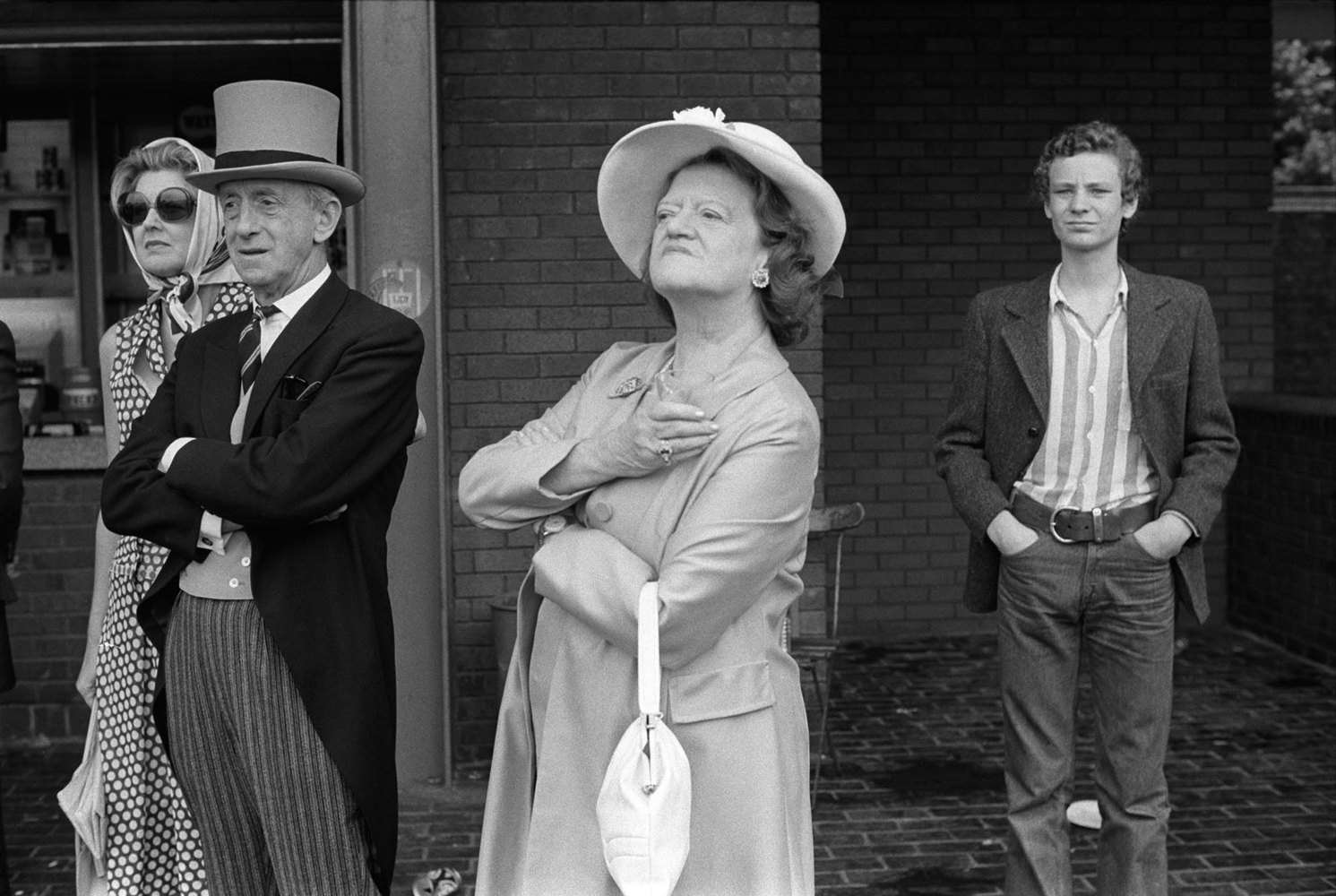
Image: 9 x 6,2 inches
Print: 10,1 x 7,5 inches
Signed by the artiste
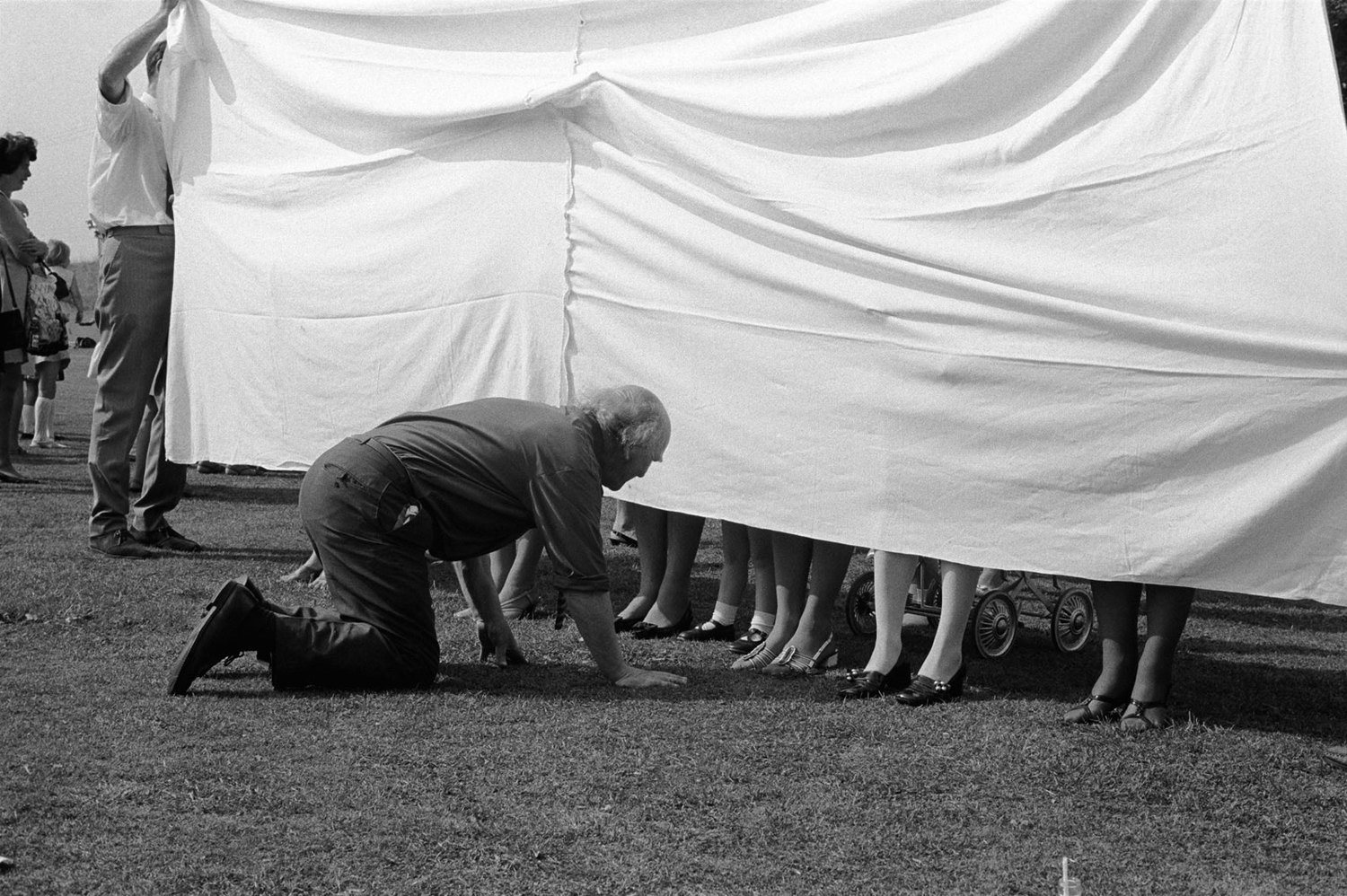
Image: 14 x 9 inches
Print: 16 x 12 inches
Signed by the artiste

Image: 14 x 9 inches
Print: 16 x 12 inches
Signed by the artiste

Image: 14 x 9 inches
Print: 16 x 12 inches
Signed by the artist
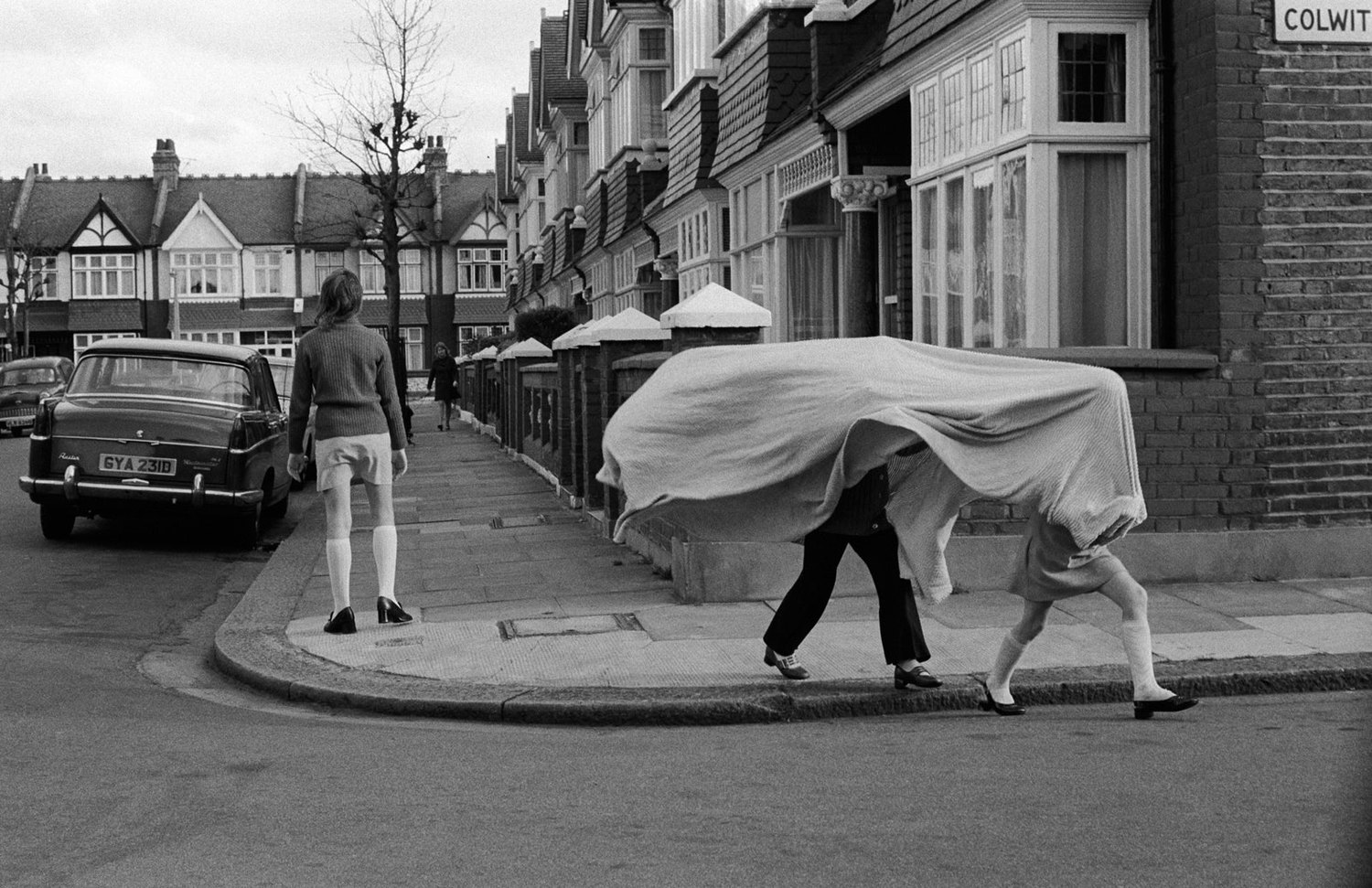
Image: 14 x 9 inches
Print: 16 x 12 inches
Signed by the artist
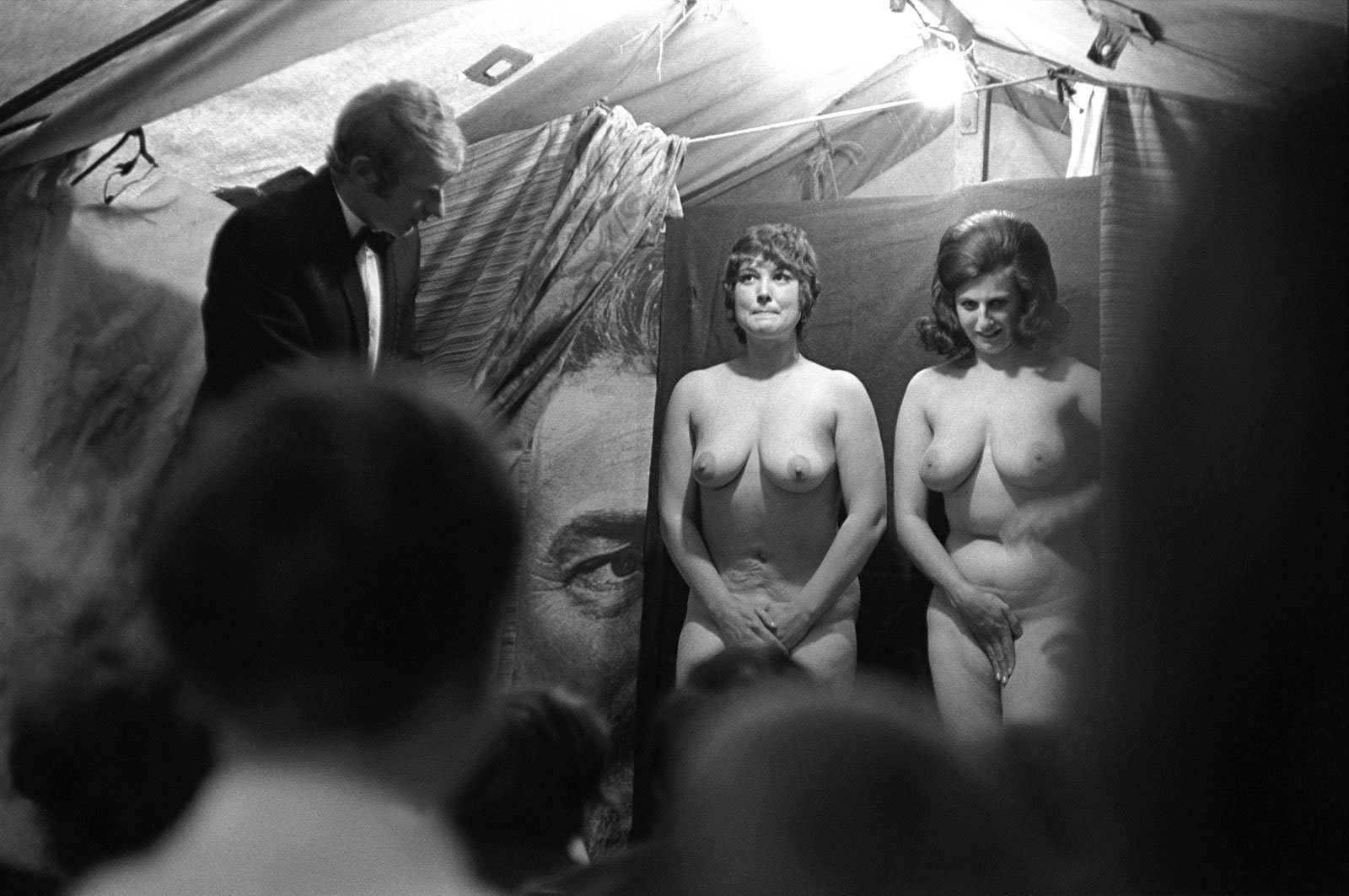
Image: 14 x 9 inches
Print: 16 x 12 inches
Signed by the artiste
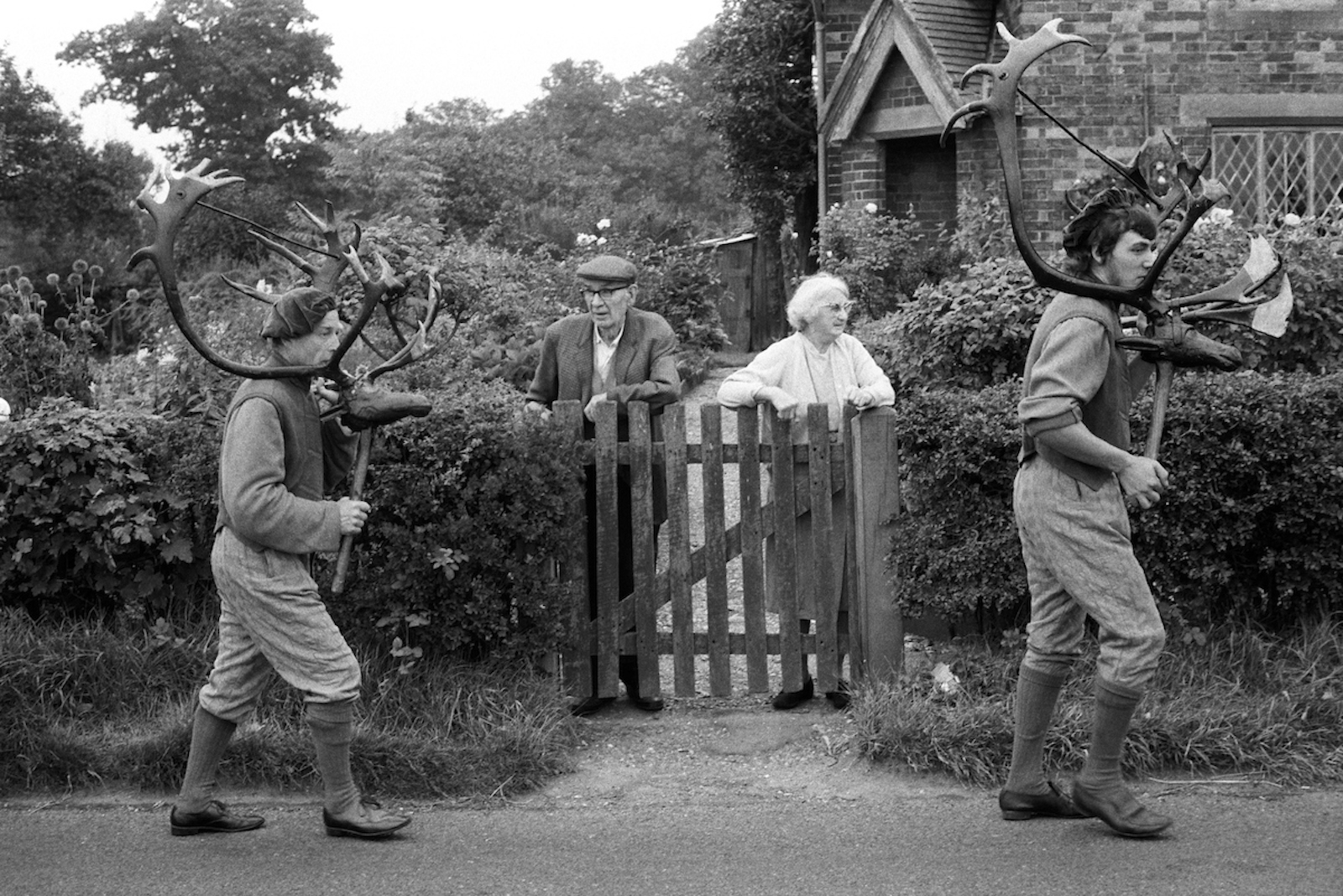
Image: 9,6 x 6,4 inches
Print: 8 x 9,8 inches
Stamped, signed by the artist on verso
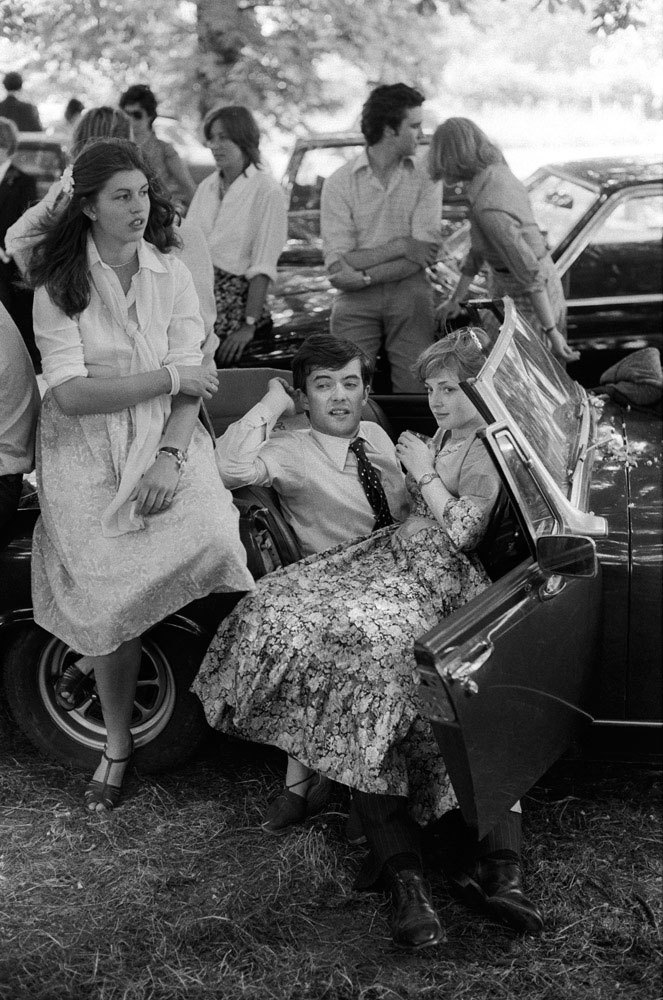
Image: 9 x 5,9 inches
Print: 12 x 9,4 inches
Signed by the artiste
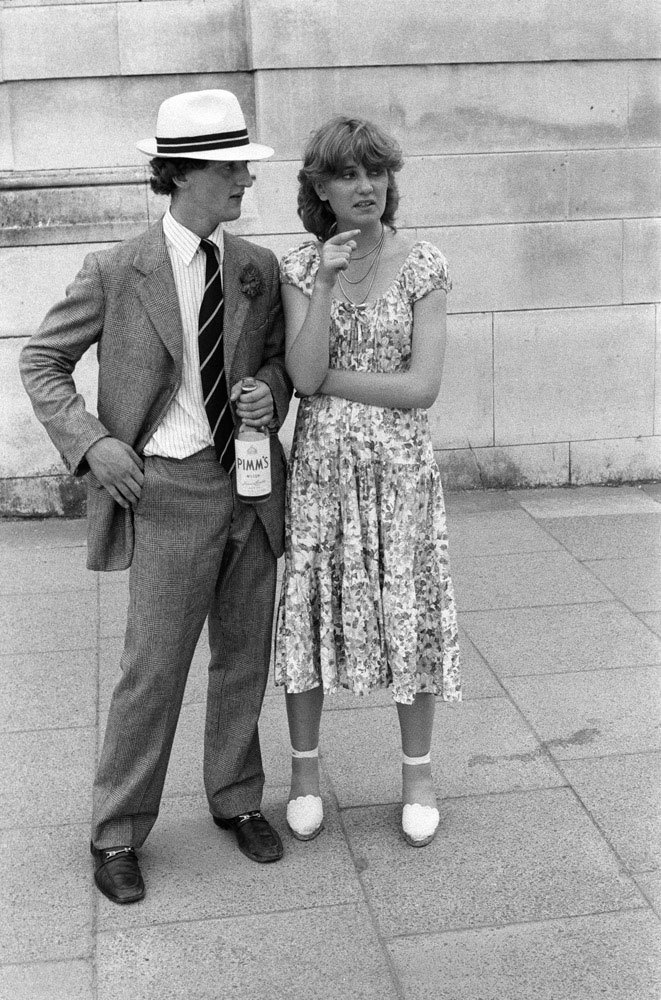
Image: 18 x 12 inches
Print: 20 x 16 inches
Signed by the artiste
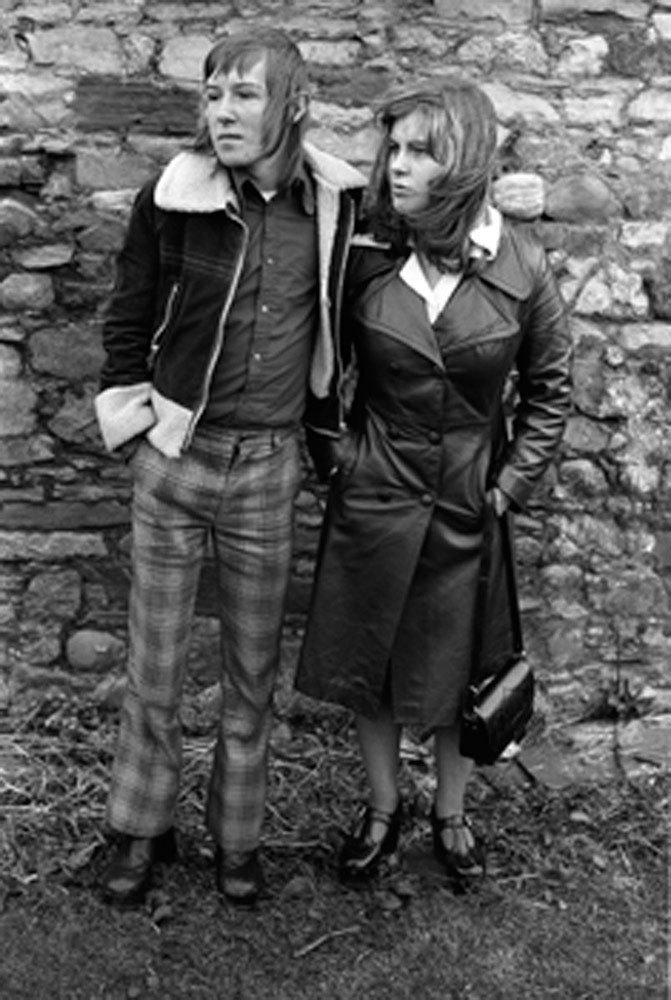
Image: 9 x 6 inches
Print: 12 x 9,4 inches
Signed by the artiste
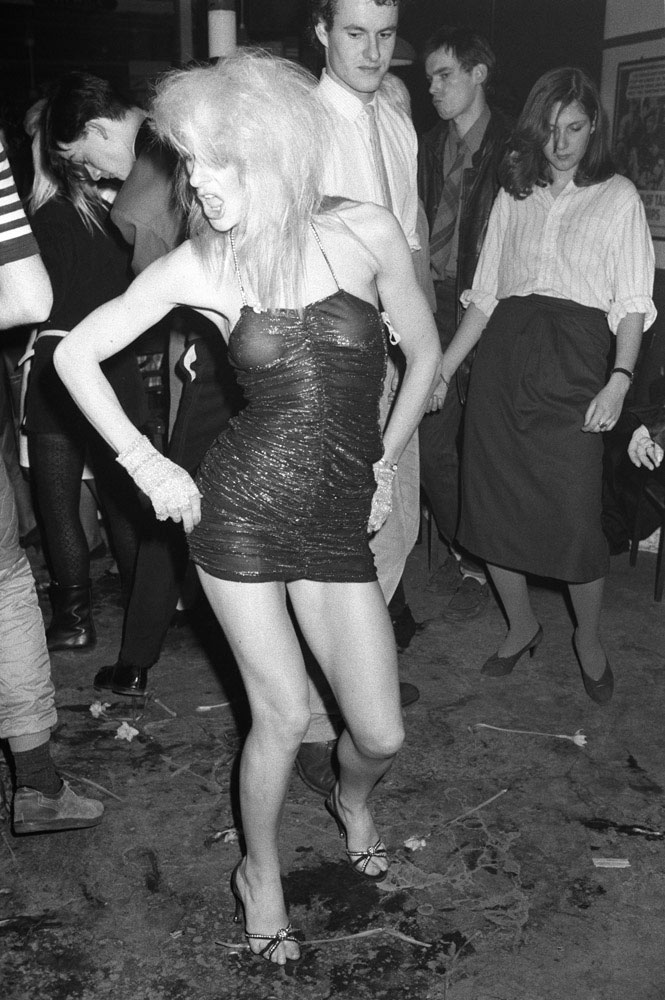
Image: 14 x 9 inches
Print: 16 x 12 inches
Signed by the artiste
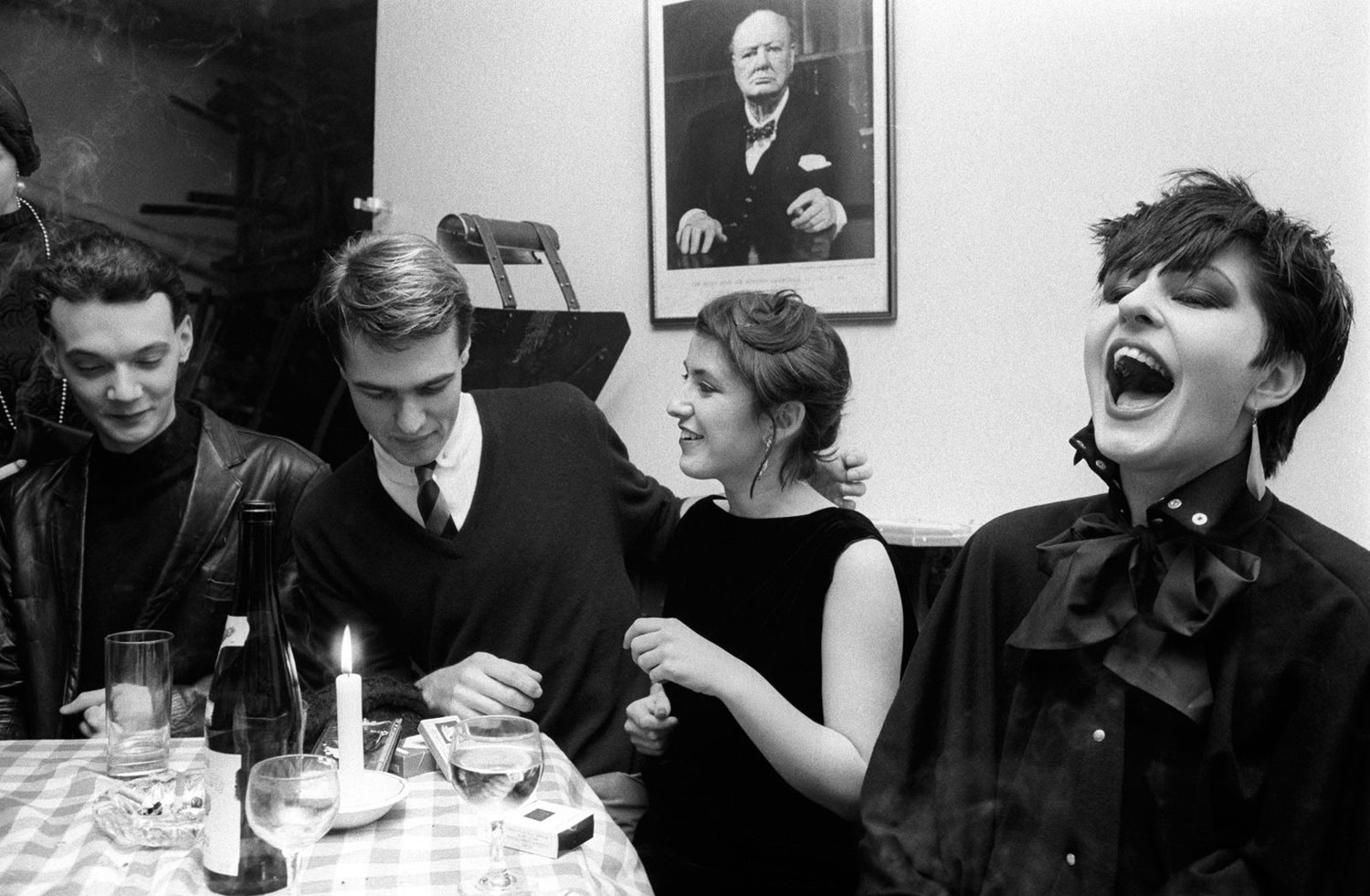
Image: 14 x 9 inches
Print: 16 x 12 inches
Signed by the artiste
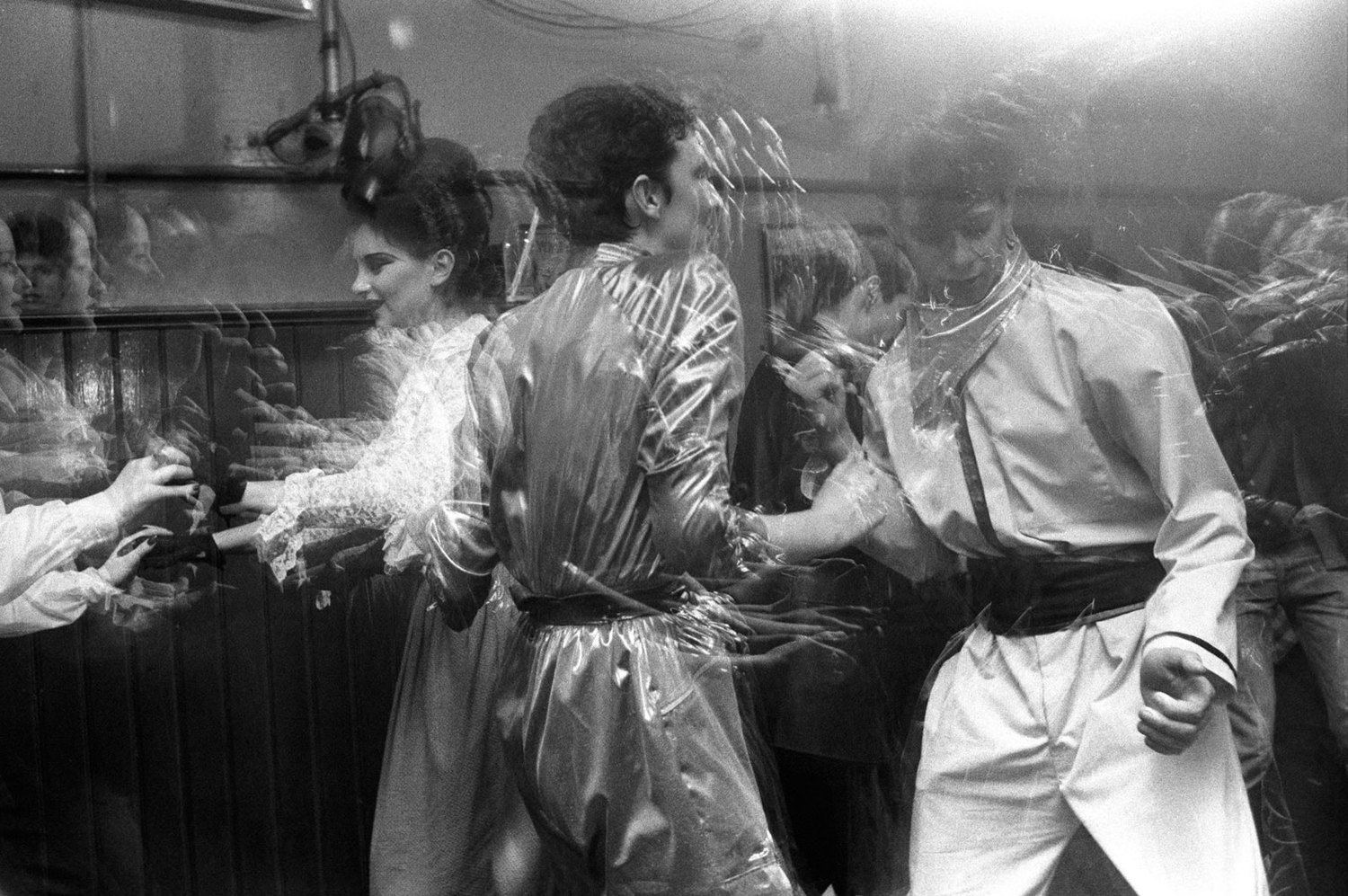
Image: 14 x 9 inches
Print: 16 x 12 inches
Signed by the artiste
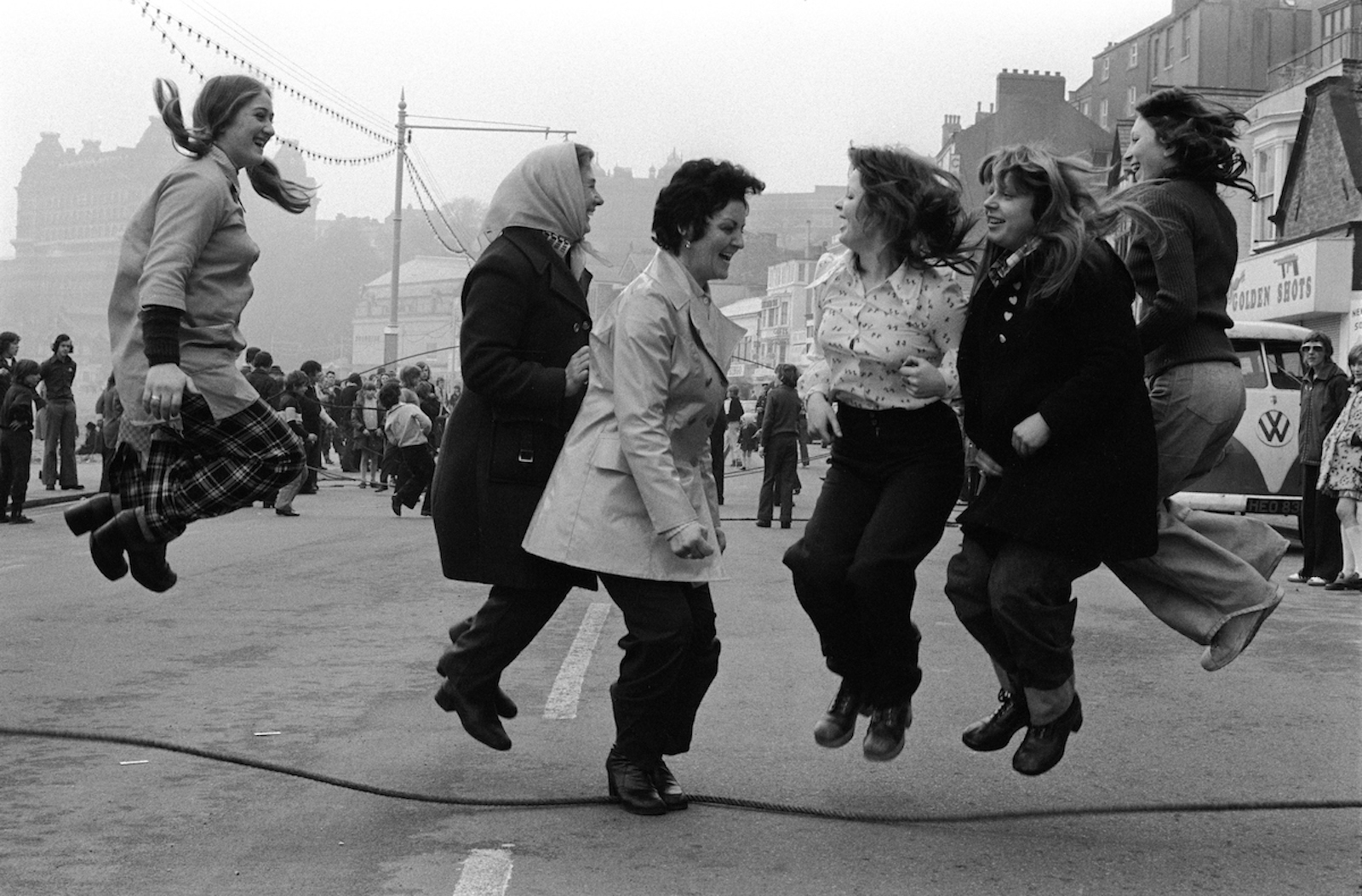
Image: 8,9 x 5,9 inches
Print: 12 x 9,5 inches
Stamped, signed by the artist on verso
Presentation
Homer Sykes belongs to a talented generation of British photographers alongside Martin Parr, Chris Killip, Graham Smith, Chris Steel Perkins and Ray-Jones; a generation which, from the very start, saw photography in terms of style and asserted their aesthetic choices in works that were as informative as they were creative.
Michael Houlette
Press
Texts
England 1970-1980
The work of the British photographer Homer Sykes (born in 1949) remains largely unknown in France. It was at the beginning of the 1970s that this Canadian-born photographer became a photojournalist. He freelanced for various magazines and newspapers, such as The Observer, The Telegraph, Time and Newsweek, covering conflicts in the Middle East and Northern Ireland. It wasn?t long however before Homer Sykes began to take an interest in his own country, in particular its typical customs and traditions. This exhibition at the Maison de la Photographie Robert Doisneau goes back over the first twenty years of Homer Sykes? career: two decades during which he was at the centre of everyday life, observing both the country?s folklore and transformations, as the United Kingdom traversed a period of crisis, its society racked by doubt and seeking to reinvent itself through a new pop-rock culture.
Homer Sykes belongs to a talented generation of British photographers alongside Martin Parr, Chris Killip, Graham Smith, Chris Steel Perkins and Ray-Jones; a generation which, from the very start, saw photography in terms of style and asserted their aesthetic choices in works that were as informative as they were creative. At the beginning of the 1970s, Sykes, who was on the look out for a new and rarely documented subject, decided to go to Lancashire in the North of England to take photos of the traditional Easter celebrations. He didn?t know it at the time, but this would mark the start of a project that would last several years investigating Britain?s customs and traditions. In 1977, he published his first book, Once a Year ? Some Traditional British Customs that listed and illustrated Britain?s festivals and folkloric customs at a period when his countrymen were losing touch with what it meant to be British. Some of these traditions, whose meaning and origins were lost in the mists of time, seemed completely anachronistic at the start of the 70s, in a world that was becoming more modern by the day.
The first twenty years of Homer Sykes? career coincided with a period of widespread economic transformation in the UK. The crisis provided the backdrop to all his photos in which he chronicled the working class, the working day and mining towns, where piles of coal littered the back yards, and in which his protagonists went about their tragic or burlesque lives. If humour is a constant in Sykes? work, it is never caustic or ironic: the poor and downtrodden and Britain?s ruling classes are both observed with the same watchful eye, the same approach, which aims to show how they behave in banal or incongruous situations. And yet the juxtaposition of images of these two very different worlds is enough to perceive the gaping chasm that divides them, and to understand the reasons for the social malaise that prevailed in Britain at that time.
Most of the images selected for this exhibition are characterized by the presence of several people in the same frame. In fact, the structure of Homer Sykes? photos is often based on two or three main figures that stand out and reveal their character through their expressions or attitudes. There is no overly obvious ?mise en scène? or composition, just a keen eye and a systematic method of shooting using a short focal length. This is preceded by some preliminary observation and a certain English manner, both frank and courteous, of approaching people, whom he sometimes photographs at very close range. Surprisingly his subjects seem not to notice the photographer, present at the event, but invisible in the image. Discretion is Homer Sykes? trademark: "My pictures are about people, what they wear, how they look, how they interact with each other, against a background that sets the scene. They are not about me".
And finally, it would be hard to talk about Homer Sykes? photos without evoking the abundance of different musical styles that emerged in the UK over these two decades. In the 70s and 80s, England invented and exported Glam rock, Punk rock, Ska, New wave and New Romanticism, etc, with an impressive list of groups and singers who dominated the international music scene. If Homer Sykes rubbed shoulders with Paul and Linda McCartney or the future Boy George, it wasn?t with the idea of making them into icons, but only to follow and observe them in their everyday context, on tour or in clubs: ?I am not a rock and pop photographer, I photograph people?, he explained. Sykes approached pop music via the forms of sub and counter-culture that it gave birth to. He perceived in the punk and skinhead movements the fashion phenomenon that would soon become widespread in a generation of young people intent on rebellion. And if he went to the Blitz Club in Covent Garden (London) at the beginning of the 80s, it was simply to observe the New Romantics with their make-up and languid posing.
Michael Houlette
Exhibitions
Les coups de coeur de l'équipe
Group show
June 20 - July 27 2019
Paris Photo 2016
Group show
10 - 13 November 2016
PARIS PHOTO
Ernst Haas,
Sophal Neak,
Sabine Weiss
12 - 15 November 2015
My Britain
September 5 - October 31 2015
News
Facing Britain
September 27 - November 8 2020
England: The way we were
September 18 - October 31 2020
Mascarades and carnivals
September 10 - November 15 2020
Blair Peach Funeral London 1979
March 27, 2019












